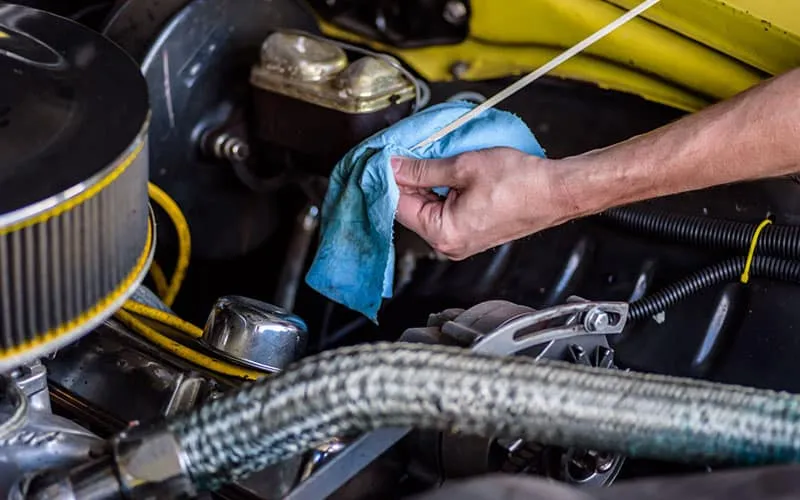Owning a classic car is a rewarding experience, but it comes with the responsibility of proper maintenance. A well-maintained classic car not only retains its value but also provides a reliable and enjoyable driving experience. To ensure your vintage vehicle remains in top condition, follow these essential Classic Car Maintenance Tips.
1. Monitor Fluids Regularly
Regular fluid checks are crucial for classic car maintenance. Beyond checking the oil, inspect coolant, brake fluid, power steering fluid (if applicable), transmission fluid, and differential fluid levels. For vehicles with hydraulic systems, like certain Citroens, these also require attention. Place white paper under the car to detect leaks, but remember that evaporation and fluid migration can also occur.
2. Maintain Cleanliness Inside and Out
Keeping your classic car clean isn’t just about aesthetics. Dirt and dust can hide rust and corrosion, accelerating deterioration. Under the hood, grime can insulate components, causing overheating. Regular cleaning prevents these issues and helps maintain your car’s value.
3. Proper Storage is Key
Indoor storage on a hard surface with a car cover is ideal. Hard floors prevent condensation, which contributes to underbody rust. Proper storage protects your classic from the elements and helps maintain its condition.
4. Prioritize Original Parts, Especially Perishables
Older classic cars often have perishable parts made from materials like cotton, leather, and wood. Regularly inspect these components for wear and tear. Even newer classics can have unique issues, such as biodegradable wiring harnesses that deteriorate faster than anticipated. Understanding your car’s specific needs is essential.
5. Be Vigilant Against Rust
Rust is a classic car’s worst enemy. Regularly inspect common rust areas like cab corners in pickups, windshield replacements, and areas where the body meets the frame. Addressing rust promptly, from a simple rust protectant spray to more extensive repairs, can prevent significant damage.
6. Keep Moving Parts Lubricated
Regular lubrication is vital for classic car maintenance. Adhere to your car’s lubrication schedule, paying attention to grease fittings on the chassis and suspension. Don’t forget less frequently used parts like seat tracks, adjustable steering wheels, and window rollers. These components can seize up without regular lubrication.
7. Monitor Tire Condition and Age
Tires age even without use. Factors like temperature fluctuations, sunlight, and ozone can cause cracking and hardening. Replace tires every six years or sooner if you detect signs of deterioration. A tire hardness tester can help assess tire condition accurately.
8. Drive Your Classic Regularly
The best way to keep your classic car in good working order is to drive it. Driving circulates fluids, lubricates parts, and prevents components from seizing. Regular use is essential for maintaining your classic car’s health and ensuring its longevity.

